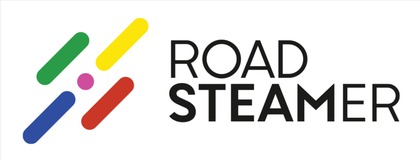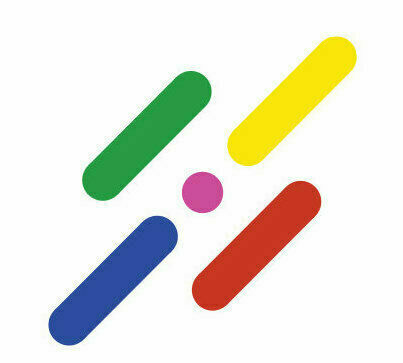STEAM Roadmap for Science Education in Horizon Europe
Provide your feedback and suggestions
Änderungen an „Investigation of what the arts, design and creativity bring to STEAM education and derive best practices“
Haupttext
-
-["
- Description
- Triangulate literature with bottom-up evidence of which contribution and under which conditions the arts and design bring effective benefits to STEAM education, including mental health and career readiness, in order and derive best practices of interdisciplinary and transdisciplinary education along the educational continuum (primary school to lifelong learning) within the European context.
- Relevant for
-
🔵 Research (DG RTD)🟡 Education (DG EAC)💡 Expands the STEM strategic plan
- Examples
- Potential funding instrument
- Horizon, Pillar 2 and WIDERA
- Suggested time frame
- 2026-27
- Alignment with STEM Education Strategic Plan 2025
- This action supporta and expands the plan advocating a stronger focus on the STEAM approach that supports holistic learning, curriculum design, that can be applied to create “Joint transnational programmes and short courses” in more informed STEAM approach. (3.2, pg. 10 “Develop joint transnational programmes and short courses leading to microcredentials in strategic STEM sectors, as identified in the Competitiveness Compass, through the Centres of Vocational Excellence and European Universities alliances. In close cooperation with their respective innovation ecosystems and with EU skills academies: i) boost the available range of joint programmes and microcredentials in STEM, including with a STEAM (science, technology, engineering, arts, and mathematics) educational approach
-
+["
- Relevant for
-
🔵 Research🟡 Education💡 Expands the STEM strategic plan
- Description
- Triangulate literature with bottom-up evidence of which contribution and under which conditions the arts and design bring effective benefits to STEAM education, including mental health and career readiness, in order and derive best practices of interdisciplinary and transdisciplinary education along the educational continuum (primary school to lifelong learning) within the European context.
- Examples
- Potential funding instrument
- Horizon, Pillar 2 and WIDERA
- Suggested time frame
- 2026-2027
- Alignment with STEM Education Strategic Plan 2025
- This action supporta and expands the plan advocating a stronger focus on the STEAM approach that supports holistic learning, curriculum design, that can be applied to create “Joint transnational programmes and short courses” in more informed STEAM approach. (3.2, pg. 10 “Develop joint transnational programmes and short courses leading to microcredentials in strategic STEM sectors, as identified in the Competitiveness Compass, through the Centres of Vocational Excellence and European Universities alliances. In close cooperation with their respective innovation ecosystems and with EU skills academies: i) boost the available range of joint programmes and microcredentials in STEM, including with a STEAM (science, technology, engineering, arts, and mathematics) educational approach
- Relevant for
-
🔵 Research🟡 Education💡 Expands the STEM strategic plan
- Description
- Triangulate literature with bottom-up evidence of which contribution and under which conditions the arts and design bring effective benefits to STEAM education, including mental health and career readiness, in order and derive best practices of interdisciplinary and transdisciplinary education along the educational continuum (primary school to lifelong learning) within the European context.
- Examples
- Potential funding instrument
- Horizon, Pillar 2 and WIDERA
- Suggested time frame
- 2026-2027
- Alignment with STEM Education Strategic Plan 2025
- This action supporta and expands the plan advocating a stronger focus on the STEAM approach that supports holistic learning, curriculum design, that can be applied to create “Joint transnational programmes and short courses” in more informed STEAM approach. (3.2, pg. 10 “Develop joint transnational programmes and short courses leading to microcredentials in strategic STEM sectors, as identified in the Competitiveness Compass, through the Centres of Vocational Excellence and European Universities alliances. In close cooperation with their respective innovation ecosystems and with EU skills academies: i) boost the available range of joint programmes and microcredentials in STEM, including with a STEAM (science, technology, engineering, arts, and mathematics) educational approach




